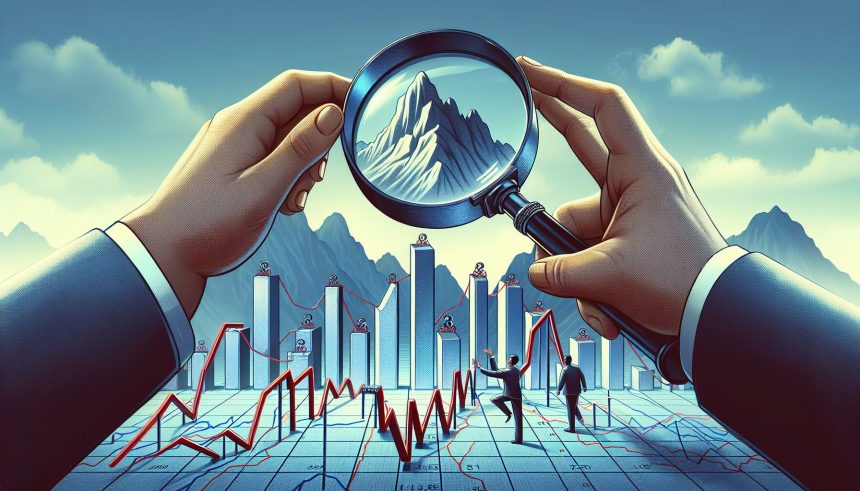China’s economy is currently facing significant challenges, triggering concerns over the government’s strategy for return to growth. Critics argue that the government’s blueprint, focusing on infrastructure expansion and government expenditure, fails to address structural issues like increasing debt and declining consumer confidence. This short-term view fuels apprehension about exacerbating the existing debt crisis, adding to fears over the country’s future if significant structural transformations aren’t implemented.
The economic powerhouse’s rise to global prominence was built on prosperity and a blend of Communist and free-market principles. However, with recent declines and escalating trade tensions with the US, China’s model faces questions about its long-term sustainability. These issues, along with a hostile global economic environment, have raised doubts over China’s future trajectory. Despite uncertainties, China stands firm in its ambition to dominate the global economic stage.
Chinese Premier Li Qiang recently announced a 5 percent growth goal for the next year at the latest National People’s Congress. Experts argue, though, that ambitious reforms are needed alongside such targets. They emphasize the potential of China’s digital economy and urbanization, suggesting the need for changes in industrial and fiscal policy. Thus, there’s a clear divergence between prioritizing economic stabilization and focusing on long-term prosperity through structural transformations.
According to the International Monetary Fund, China may not reach its growth goal by 2024, predicting only a 4.6 percent increase. This trend could continue until 2028 with a mere 3.5 percent growth. The diminishing returns of China’s investments and mounting debt pose risks for the global economy. Therefore, China needs to balance growth while maintaining financial stability through well-crafted policies.
Premier Li’s strategy to counter these problems prioritizes sectors like innovation, manufacturing, and technology. However, the professional sphere harbors doubts regarding the effectiveness of these measures. China’s economic difficulties are attributed to dependence on state expenditure and corporate investments for growth, rather than consumer driven organic growth. Comparisons have been drawn with Japan’s “Lost Decade” of the 1990s, causing concerns.
With a decrease in consumer spending and recent downturns in the stock market, China’s economy is under additional stress. Like the US, China’s consumer spending is reducing, representing a smaller fraction of their GDP. These challenges, if not swiftly and decisively addressed, paint a bleak future for China’s economy.







